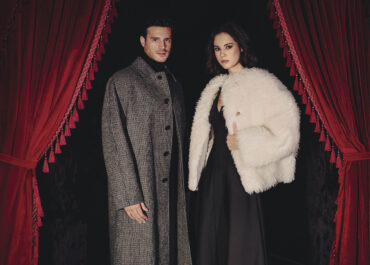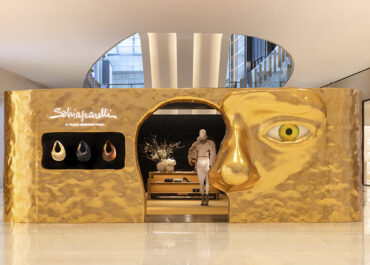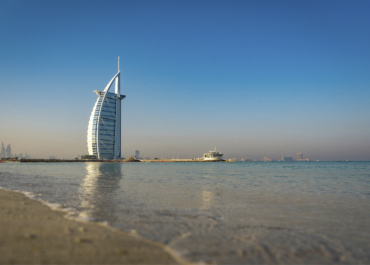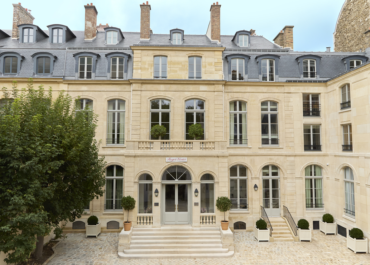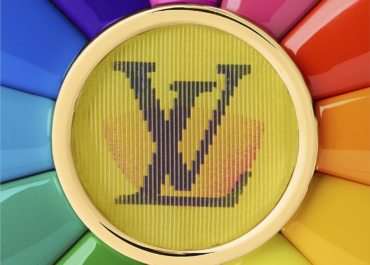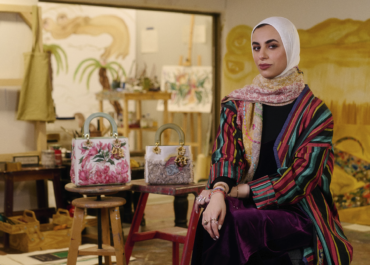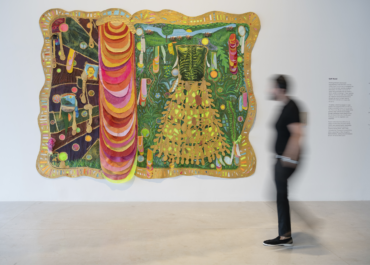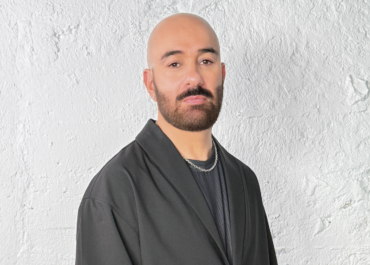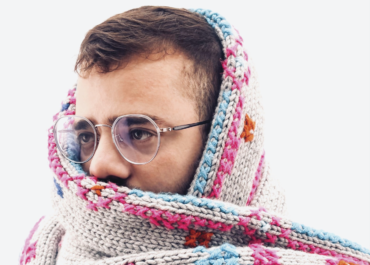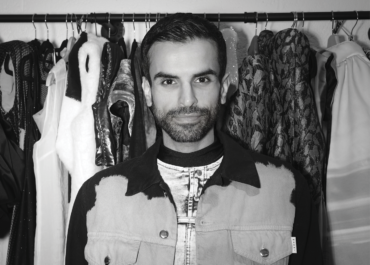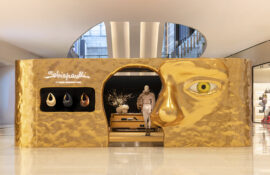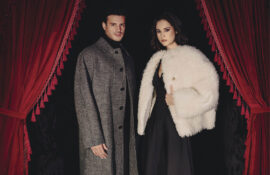Amid Beirut’s layered landscape of resilience and reinvention, Joe Farah has emerged as one of its most distinctive creative voices, weaving emotion, material, and memory into the language of modern design.

As the founder of Joe Farah Design Studio, he has become known for his refined yet deeply personal approach, one that fuses precision with poetry, and innovation with heritage.
Farah’s work defies trends; it is rooted instead in storytelling and timeless form. Whether through interiors that balance restraint and warmth or furniture pieces that explore proportion and texture, his aesthetic reflects the soul of modern Lebanon, resilient, expressive, and beautifully human.
From Beirut to the world, Farah’s studio has quietly established itself as a creative force in the region, collaborating across disciplines and reimagining how spaces can both ground and inspire. In conversation, the designer reflects on his creative process, the evolving identity of Lebanese design, and the responsibility of shaping beauty in a time of change.
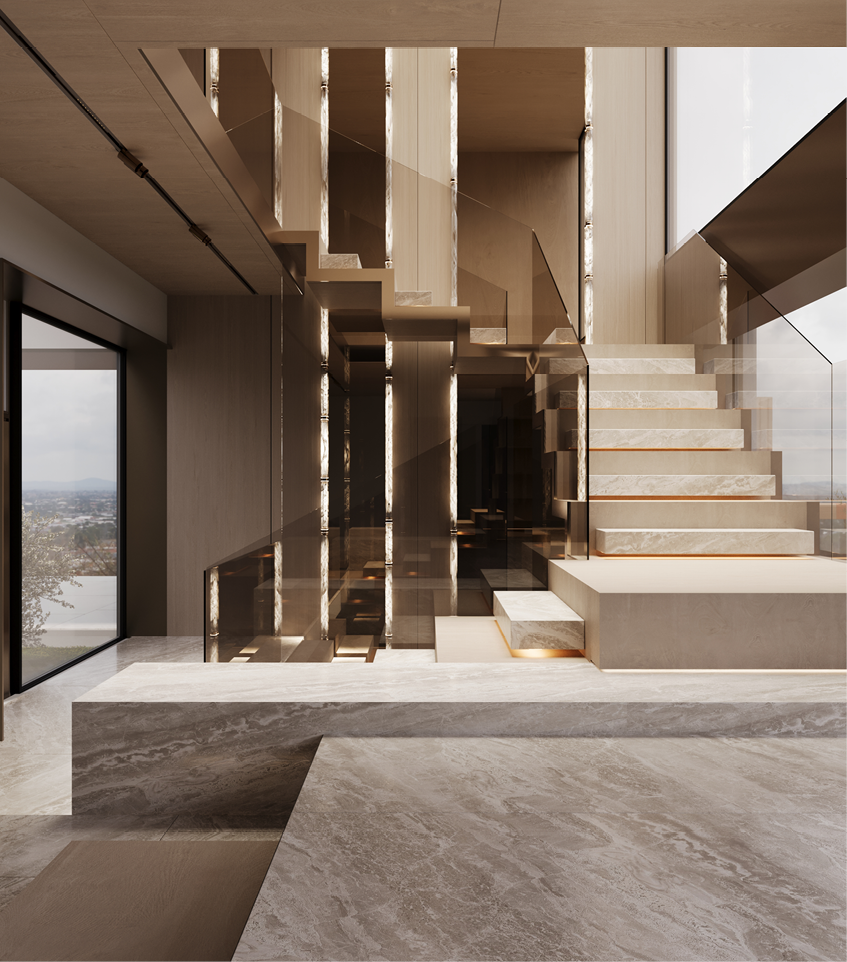
How would you describe the philosophy that defines Joe Farah Design Studio?
At our studio, the essence of each design comes from listening. I will listen to the clients and look at the site, the context, and the culture surrounding it. We aim at creating functional, timeless, and memorable spaces that trigger emotion and a sense of connection by focusing on details that are often overlooked, the way light falls in the morning, the way materials age, the way people move in a space and connect within it.
What was your vision for the atmosphere and experience of the new VVIP lounge at Beirut Rafic Hariri airport and how does that come to life with the design?
For the VVIP lounge, the main focus was to give the users the most comfortable yet luxurious experience before their flight. Two main challenges shaped the direction of our design intention. Firstly, the size of the given space needed to accommodate a much larger group of passengers, so we needed to alter the layout and find more spaces to expand into. Secondly, the space has no natural lighting, so this issue was directly addressed by our lighting design, adding lighting within the walls and the ceilings. We incorporated light colours and materials to aid this, and to keep the atmosphere cosy, we selected warm tones with earthy colours and used elevated materials such as marble and bronze mixed with a wide selection of high-end furniture for a luxurious feel.
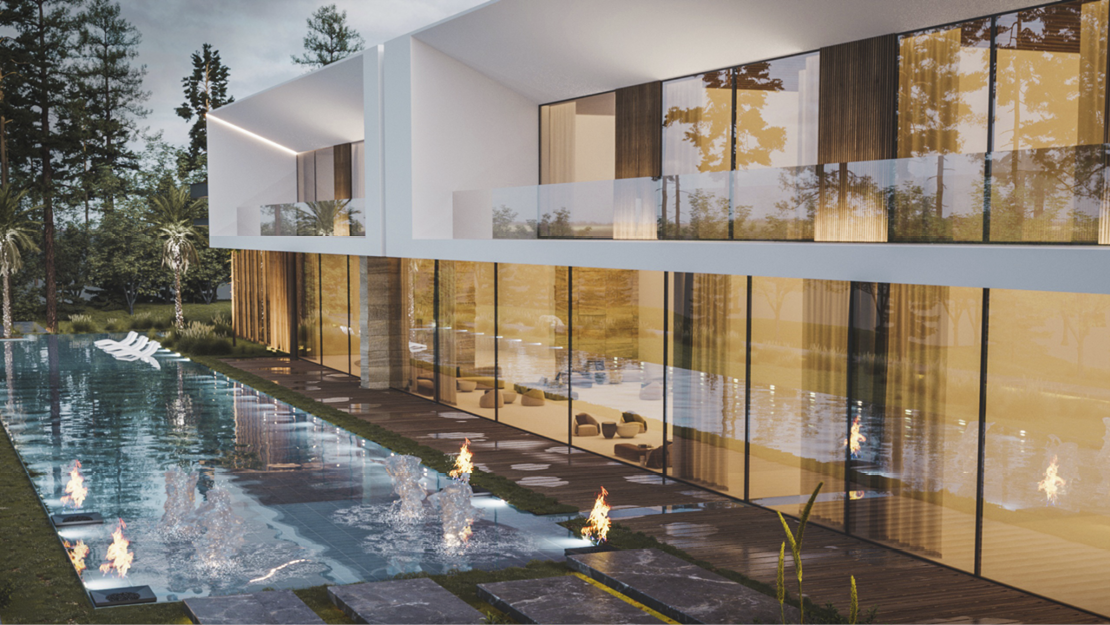
Your studio is known for blending contemporary design with subtle cultural narratives. How does your Lebanese identity inform your approach to this project?
Living in such a contradictory country full of beauty and chaos makes creativity a part of who we are. While we approach a project, we don’t consciously decide to insert culture into the aesthetics. Culture is rather a way of thinking, on behalf of our client and ourselves, to optimise the design experience. You will see it in the way the space is effortlessly distributed, you will see it in the way each type of traveller is accounted for, and you will see it in the way the service becomes easier, making the space more successful. Integrating cultural aspects in our designs is not in the ornamental sense, but in the way that it informs our logic.
Designing for an airport involves complex logistics and security constraints. How did you balance creative freedom with functional and technical requirements?
Every project has several constraints on many levels. Constraints are one way to make each project site-specific and anchored in its time and place. In our practice, constraints are challenges that are well embraced as they help shape our designs.
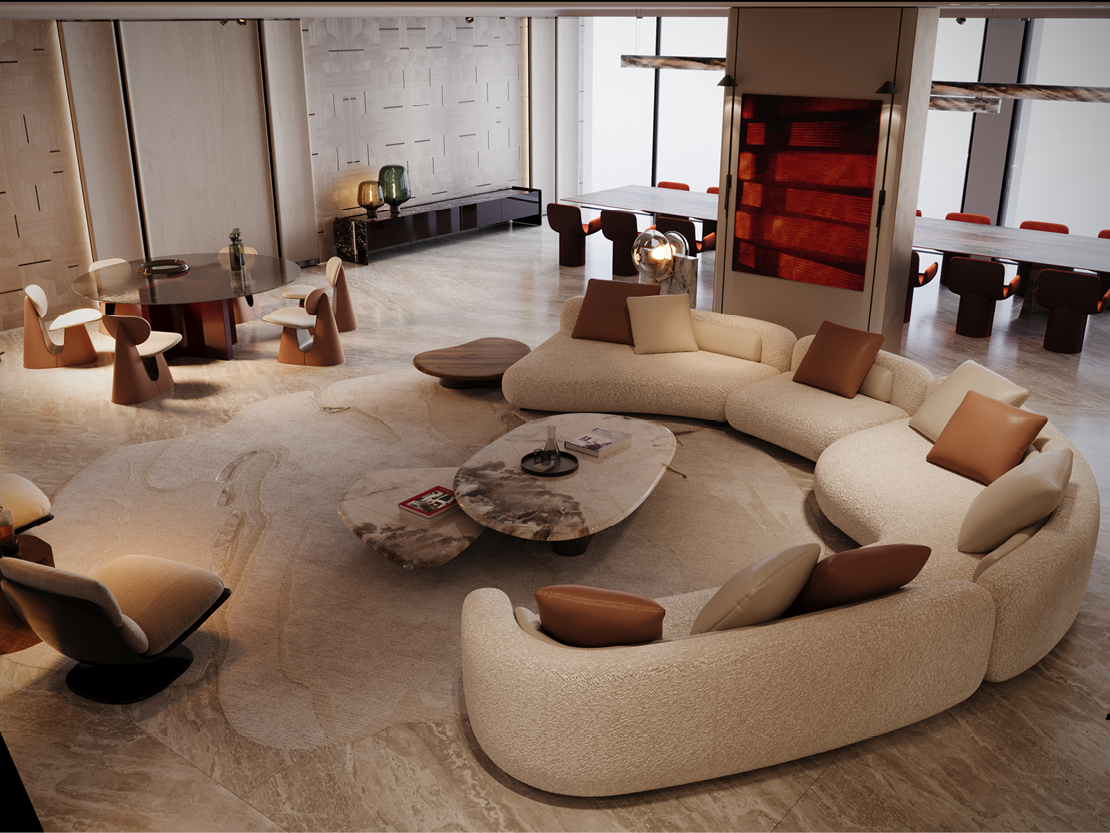
The VVIP lounge will host travellers from all over the world. What kind of impression did you hope to leave on such a diverse audience?
The intention was to create a personal and universal experience at the same time. The idea was to help passengers from anywhere around the world get a calm and comforting pause before takeoff, as travel can be stressful. If the design leaves that comforting impression of a home, then I can confidently say it was a successful one.
Sustainability and local craftsmanship have become essential topics in design. How do these values show up in your work today and in your design philosophy?
For me, sustainability is about consciously responding to the environment in every design. By understanding climate, orientation, and material logic, we create intelligent designs maximising natural ventilation, shading, and incorporating durable local materials whenever possible. A sustainable design is one that is meaningful, built to last and not just decorated.
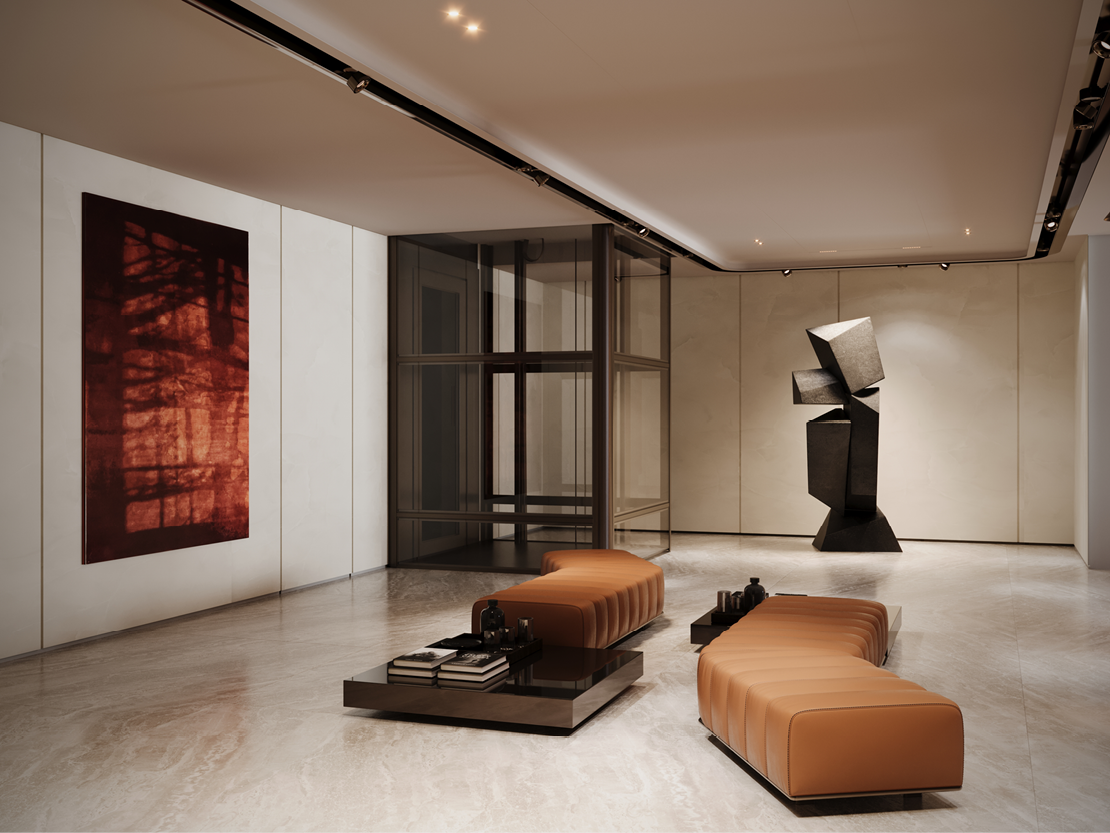
Tell us about your creative process from initial idea to finished piece.
My process always starts with listening to the client, observing the site, and the atmosphere. I spend time imagining light, circulation, and what emotion the space should hold. By that time, a clear concept forms in my mind, and I work with my team of designers to explain it to them and develop it together in sketches, layouts and 3D visuals. Visuals are a very important part of design, as they translate our ideas effortlessly to the client who might not be familiar with reading 2D drawings. We also use our 3D visuals to pre-select furniture and accessories. After that, upon the client’s approval, we proceed with the execution drawings and start on-site demolition and construction works. Even during construction, the design keeps evolving. I like to stay close to the process in order to adjust and refine the project until the day the client moves in.
Your studio’s portfolio spans residential, hospitality, and commercial interiors. Tell us about the evolution of Joe Farah Design Studios’ creative journey so far and where it is heading.
Our studio tackles everything, from retail windows in the middle of Paris to commercial and private jets and everything in between. We take on projects of different natures and different scopes. We have done yacht interiors, hotels, resorts, villas, apartments, playgrounds, banks, custom pieces of furniture, airport lounges, aeroplanes and much more. It is our job to immerse ourselves in the research and come up with the best user experience we possibly can for now and for many years to come. Design is a passion and not a job for me, so I will be there for it while I can.
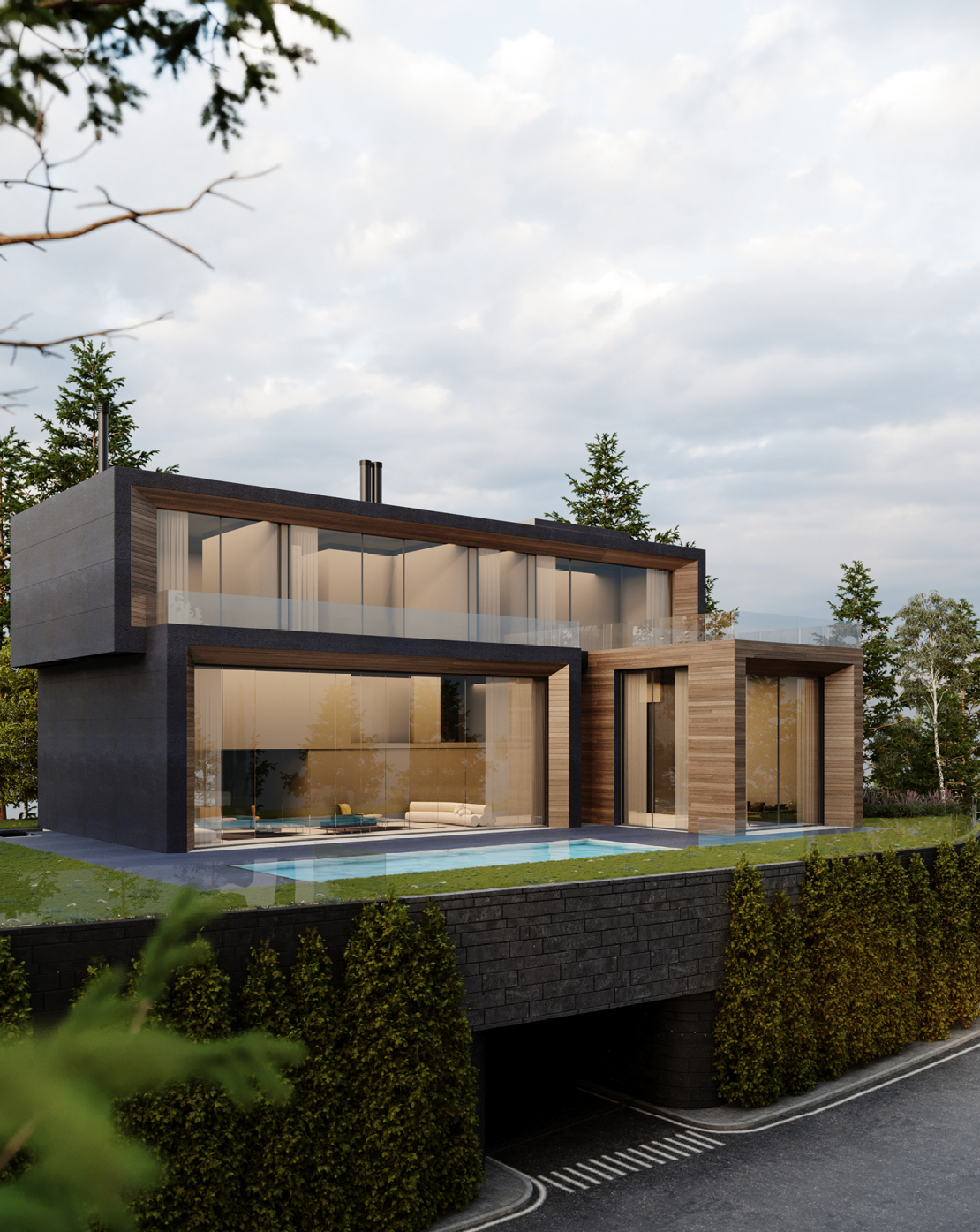
What are the biggest challenges you face in your work, and how do you overcome them?
We often work under political instability and security breaches. Projects get delayed or cancelled when tensions flare or resources dry up. Site access can be blocked unexpectedly, throwing off timelines. Clients hesitate to commit, unsure of what tomorrow holds. Even the most well-planned schedule rarely goes untouched. But throughout the years, we’ve managed to overcome these challenges, and we keep hoping for better days.
Lebanon’s design scene continues to thrive despite challenges; how do you see your work contributing to shaping a new narrative for Lebanese design internationally?
Lebanon’s design scene thrives because it refuses to be defined by instability. My work aims to amplify that spirit. Each project is a chance to challenge norms, reinterpret heritage, and spark global curiosity. By creating with intention and edge, I hope to help shift the narrative from resilience to influence.
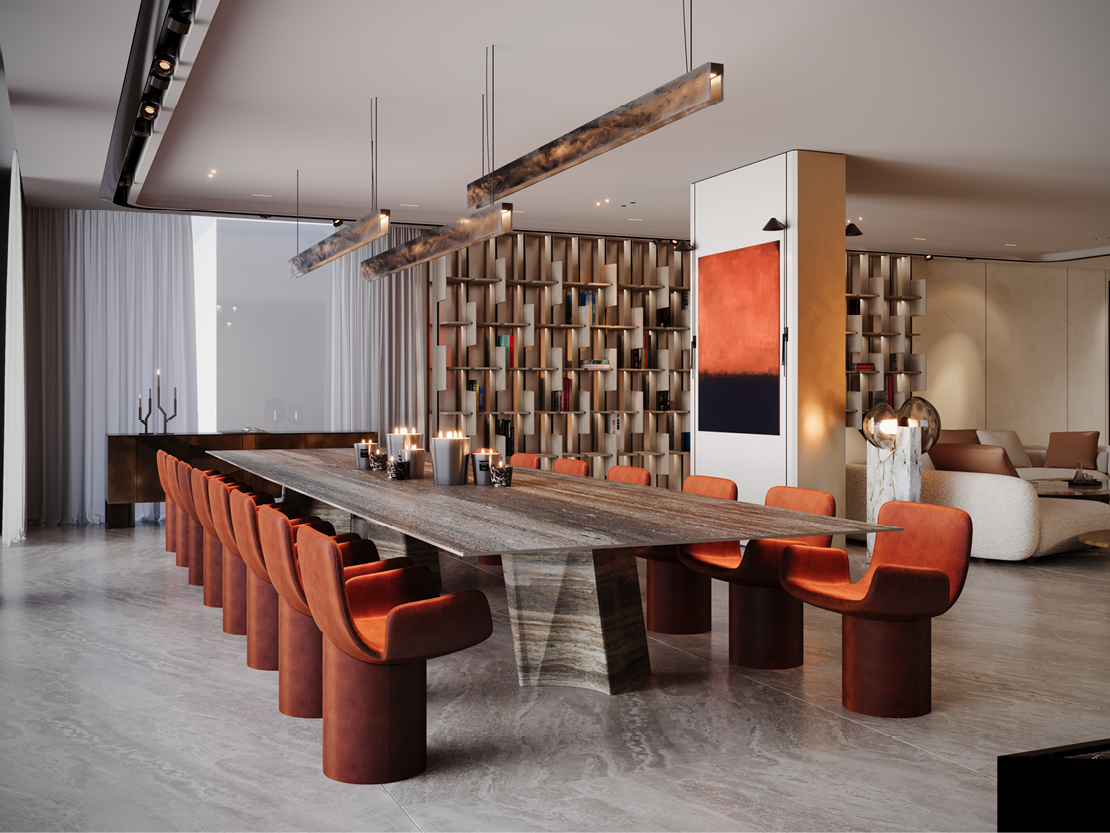
What’s next for Joe Farah Design Studio after this milestone project, and how do you see the future of interior design evolving in the region?
We’re always taking on larger, more impactful projects and expanding our reach globally. We’re integrating AI tools and smart technologies into our workflow to design spaces that are not only beautiful but also adaptive and future-ready. The region is ripe for innovation, and we’re excited to be part of shaping its next chapter.


